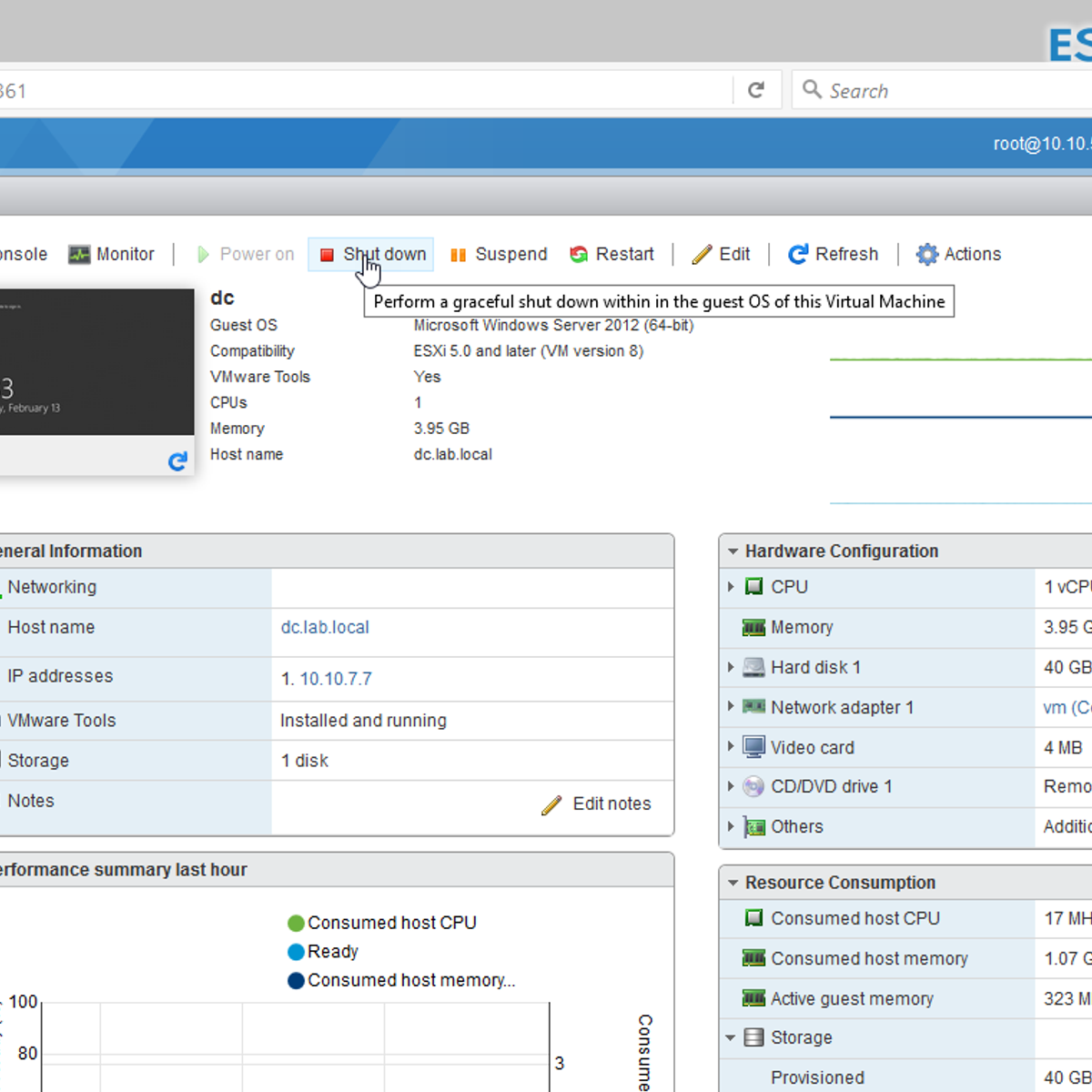
I find my MacBook Pro mid-2009 quite slow when rendering my personal H.264. I would like to see if the Sandy Bridge Core i5 2500T in my hypervisor does a better job. So I installed Mac OS X Lion as a virtual machine on my ESXi v5.
I’m not sure about licensing… Purchasing Lion for App Store for your Mac, you seem to have the right to install it on every Mac you own… My Hypervisor is not a Mac… But I bought Lion… Anyway, here’s a simple way to install Mac OS X Lion in ESXi 5.
Inquiries from customers on the support for ESXi on the latest 2019 Apple Mac Pro 7,1 has slowly been trickling in since the release of the system in late December. Officially, VMware currently does not support this platform and until we have a unit in-house to investigate further, this is the official stance. Get started with free virtualization with VMware vSphere Hypervisor. Consolidate your applications onto fewer servers and start saving money through reduced.
By default, there is a Mac OS X template in ESXi wizard. But it won’t boot.
So grab the ESXi 5 Mac OS X Unlocker archive. Transfer the esxi directory to the ESXi, run the script and reboot:
Wait for the ESXi to reboot and connect the vSphere client to create the virtual machine. From the “Create New Virtual Machine” wizard, select “Custom” configuration. Fill-in the VM name, destination storage and Virtual Machine Version (I used v8). As the “Guest Operating System”, select “Apple Mac OS X 10.7 (64-bit)” from the “Other” section. Follow the wizard until the VM is created. Attach the installation image in DMG format and start the installation.
Once done, install the VMware Tools.

Activate remote connexion using the “System Preferences”. Click the “Sharing” icon in the “Internet & Wireless” section. In the “Service” section, click the “Remote Management” item. Select the permissions for remote users ; mine can do everything. Then, connect to the Mac using the reference in your finder. From there, play with it as usual!
Regarding performance, the virtual machine behaves quite normally (in remote connexion ; the VMware console lags a lot). Only running GeekBench on it indicates that I don’t really benefit of the CPU upgrade: 3584 for the MacBook Pro vs 4229 for the virtual machine.
That won’t prevent me to looking at the new MacBook Air mid-2012…
Source: ESXi 5 Mac OS X Unlocker
Related
Installation

Easily install vSphere Hypervisor on your own or with some guided help. If you’re looking for a do-it-yourself approach, just download the installer, accept the end-user license agreement, and select which local drive you want to install it on.

Creating Virtual Machines
Once you’ve installed vSphere Hypervisor, there are three ways to create virtual machines:
- Use VMware vCenter Converter to transfer existing servers into virtual machines or import existing VMware and third-party virtual machine images.
- Create virtual machines from scratch by specifying the number of CPUs, the amount of memory, and the disks and network interfaces you need. Then load the operating system from ISO images or a boot disk.
- Import a virtual appliance. There are hundreds to choose from on the VMware Solution Exchange.
Configuration
Once you’ve installed or imported your virtual machines, you’ll need to configure them. Refer to the installation and configuration video within resources to get started.
- Need support? You can now purchase Per Incident Support for VMware vSphere Hypervisor.
Enable Hypervisor Windows 10
Upgrading to VMware vSphere
Moving up to a paid vSphere lets you further optimize your IT infrastructure. You'll be able to:
Vsphere Hypervisor For Mac Pro 15
- Pool computing and storage resources across multiple physical hosts.
- Have centralized management of multiple hosts through VMware vCenter Server.
- Deliver improved service levels and operational efficiency.
- Perform live migration of virtual machines.
- Take advantage of automatic load balancing, business continuity, and advanced backup and restore capabilities for your virtual machines.
